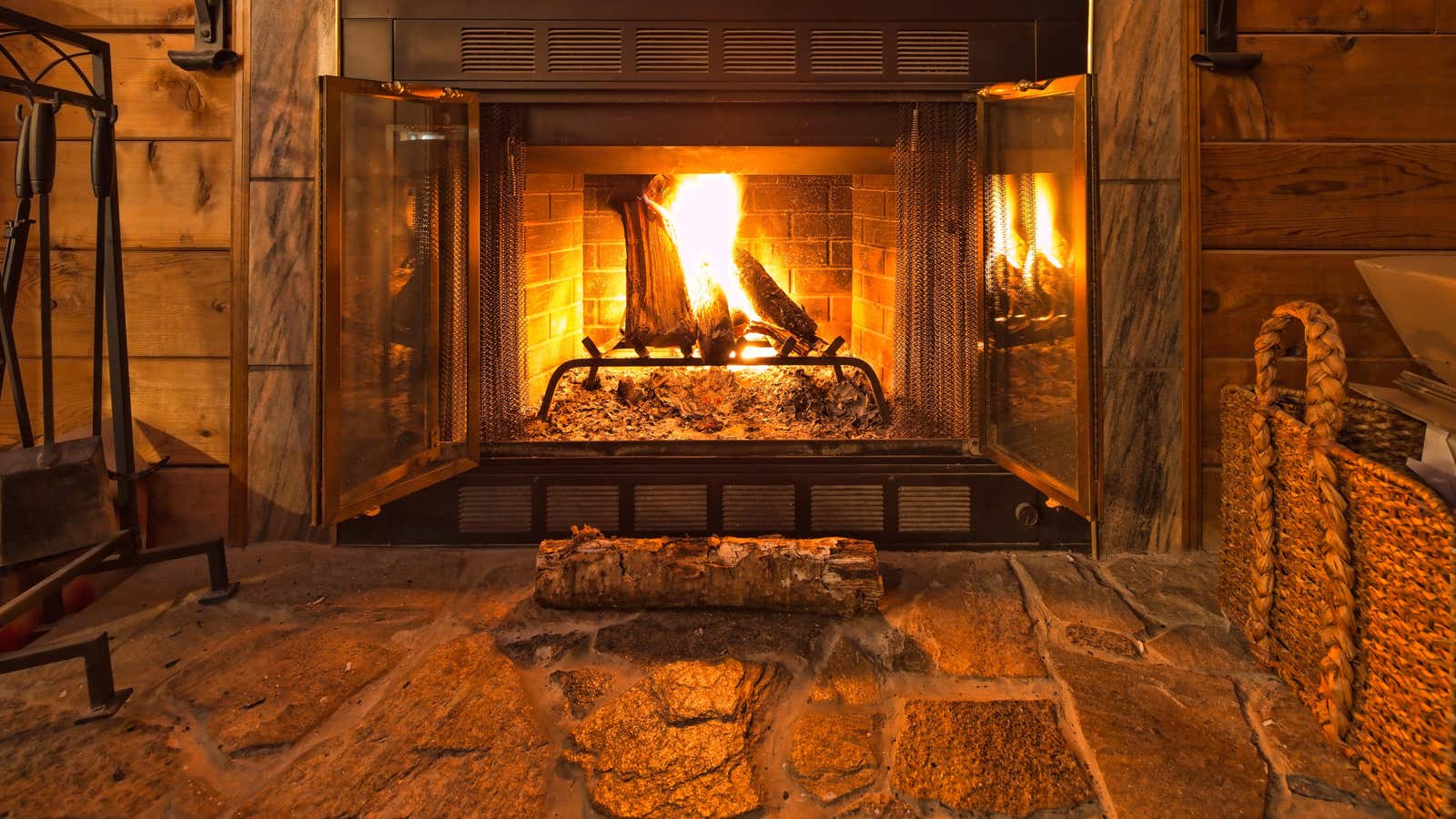How to Make the Most of Your Fireplace Heat

Rising energy prices mean most of us will have to pay more to heat our homes this winter. And, unfortunately, this is just one of the many price increases we’ve seen over the last year or so. So it’s especially important to ensure that resources, appliances, and home functions work for us and don’t cost us extra money.
One way to do this is to make sure your fireplace and chimney are running as efficiently as possible. Here’s how to do it.
How to make your fireplace and chimney more energy efficient
While fireplaces can be great sources of warmth in cold weather, that’s only if you take good care of them and your chimney. If you don’t, heat loss from the fireplace can make a room or house even colder and end up costing you money instead of saving you money.
Here are a few strategies from the US Department of Energy to help you get the most out of your fireplace and chimney for heating your home:
Clean the fireplace(s)
It’s obvious, but that doesn’t mean people actually do it. And yes: gas fireplaces get dirty and need to be cleaned too.
Clear a path for smoke coming out of the chimney
It’s time to winterize your chimney if you haven’t already. This means taking a look at the chimney on the outside of the house. If you live somewhere with trees, make sure branches or something else is not blocking the chimney.
Check flue damper
The chimney damper on your fireplace must be fitted with seals to prevent heat loss through the chimney. Take a look at these seals and make sure they are tight. If not, bring this up during your chimney inspection (more on that later) for professional advice on how to fix it or should it be replaced.
Insulate your chimney
Even if your fireplace is clean, it won’t be as efficient as possible if your chimney isn’t in perfect condition. Exhaust exhaust can leave creosote in the chimney, which builds up over time and can make your fireplace less efficient at heating your home. But you can prevent this by installing a chimney lining, which helps protect the masonry from a buildup of creosote and other corrosive flue gas by-products.
Close (and open) the fireplace damper as needed.
When a fire is burning in the fireplace, the chimney damper must be open. But if you leave it open the rest of the time, it will allow the heat to escape your home and end up paying even more to keep your home warm. If there is even the slightest chance that you will forget to open the damper again before starting the fire, leave yourself a note or some kind of reminder.
Update parts of your fireplace
Most people don’t have the money to spare right now, but if you’re using your fireplace as your primary heat source this winter, it’s probably worth investing in tempered glass doors and a heat-air exchange system (that blows warm air out). back to the room).
Get your chimney checked by a professional
After you’ve finished servicing your fireplace and chimney, find a professional, especially one certified by the American Institute for Chimney Safety, to inspect the various components of your fireplace and chimney. In addition to making sure your fireplace is safe to use, they will also let you know if there is anything else you can do to make it (or your chimney) more efficient.
Alternatively, if you know for sure that you are not going to use your fireplace, you can hire a professional to plug and seal the chimney.